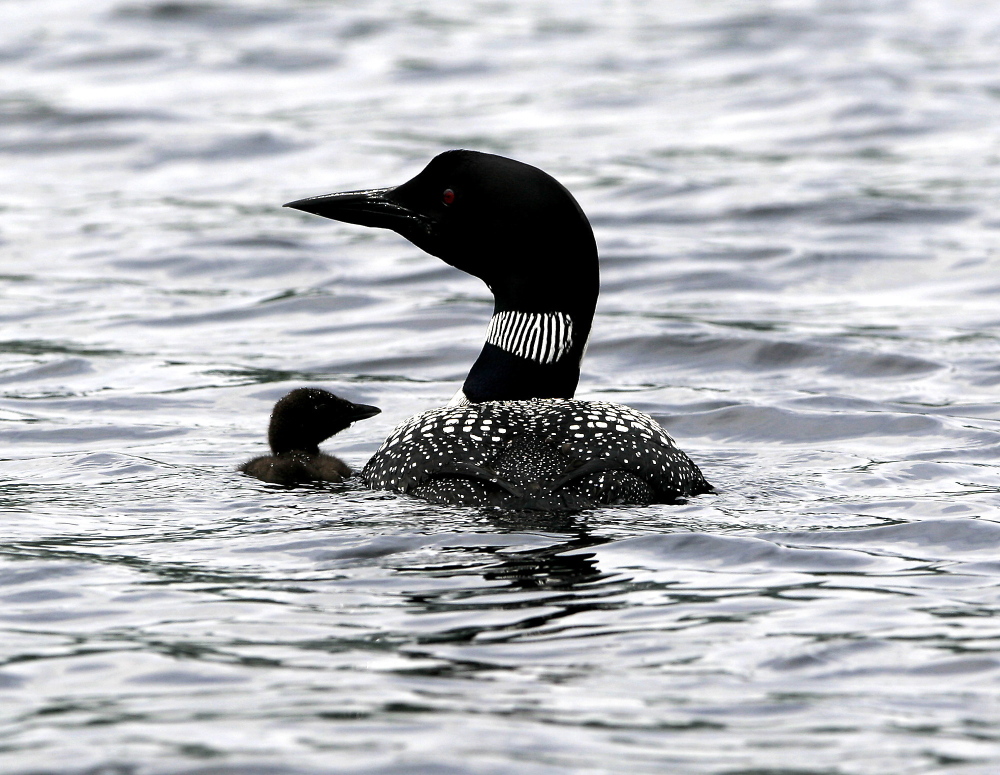FALMOUTH — On Tuesday, the National Audubon Society released a study that predicts how climate change will affect 588 species of North American birds. The Audubon Birds and Climate Change Report makes the deeply unsettling prediction that by 2080, 314 species will lose more than 50 percent of their North American range – a severe blow for species already in trouble.
The report has important implications for Maine. It reinforces the need to expand and strengthen protections for birds and other wildlife because doing so is the only means available to help them persist in the face of climate change.
Roughly one-third of Maine’s birds are vulnerable to climate change. Species at risk include those at the southern end of their range in Maine (such as spruce grouse and Atlantic puffins) and those dependent on habitats that are highly susceptible to climate change impacts (such as saltmarsh sparrow, Nelson’s sparrow and shorebirds like the red knot and semipalmated sandpiper).
In addition to the individual species impacts, scientists have identified broader climate change impacts on Maine birds and their habitats. Seabirds risk losing nesting sites because of rising sea levels, and changes in ocean chemistry imperil their food sources.
Moving inland, increased flooding and wider fluctuations in water levels threaten water birds during nesting periods, and songbirds are already shifting their ranges northward in search of cooler nesting and feeding areas.
For many bird species, climate change impacts may be detectable only by scientists and dedicated bird-watchers. But who can ignore threats to iconic Maine wildlife like loons and moose, animals that are already experiencing heat stress?
The common loon, the bird that epitomizes the sense of solitude and remoteness experienced on so many Maine lakes and ponds, depends on cold, clear water for feeding and nesting. Warmer-than-average temperatures threaten incubating loons and their food sources.
Maine moose – long regarded as the monarchs of the Northern forest – are suffering from winter tick infestations that scientists have tied to warmer winter temperatures.
Non-native invasive insect species such as the hemlock wooly adelgid and emerald ash borer – whose northward creep is a direct result of warming temperatures – could cause dramatic changes in Maine’s forests if they become well established.
The Audubon report is a national wake-up call, but Maine has already taken important steps to deal with climate change. Maine is a charter member of New England’s regional greenhouse gas initiative, which has established a market for carbon credits whose revenues are being reinvested in energy efficiency. As the federal government now seeks to advance a national initiative to reduce greenhouse gas emissions, RGGI stands out as a model.
But the climate challenge is much larger than the reach of any single state, region or national government, and the challenge will be with us for a very long time.
The Audubon report offers a lens on what North America’s bird populations could look like in 2020, 2050 and 2080. It recognizes that, even if there were an immediate worldwide reduction of carbon emissions, some climate change impacts have already happened, leaving us with no alternative but to adapt to them.
In addition to public and private investments to protect vital human infrastructure from extreme weather and rising sea levels, adaptation will require conservation measures that increase the resistance and resiliency of birds and other wildlife species to climate change impacts.
Those efforts include landscape-level forest conservation through habitat-oriented forest practices and easements; reconnection of fragmented aquatic habitats through removal of obsolete dams and replacement of non-functioning culverts (such as would be possible with approval of the Clean Water and Clean Jobs Bond, Question 6, on this November’s ballot); and species-specific interventions such as Maine Audubon’s program to protect threatened piping plovers on the state’s beaches. Maine has made some strides here, but must continue to strengthen its efforts and must invest more to bring them to scale.
Much as it is a wake-up call for the nation, the Audubon report should serve as a reminder for Maine people of the importance of thinking globally while acting locally. Of course we must understand our climate change challenges in a broader context, and we should ensure that our national leaders are acting responsibly.
Yet, even in the face of national political gridlock on climate change, Maine has some important tools to ensure a better future for its birds and other wildlife. We should use them to the fullest extent we can.
— Special to the Press Herald
Send questions/comments to the editors.


